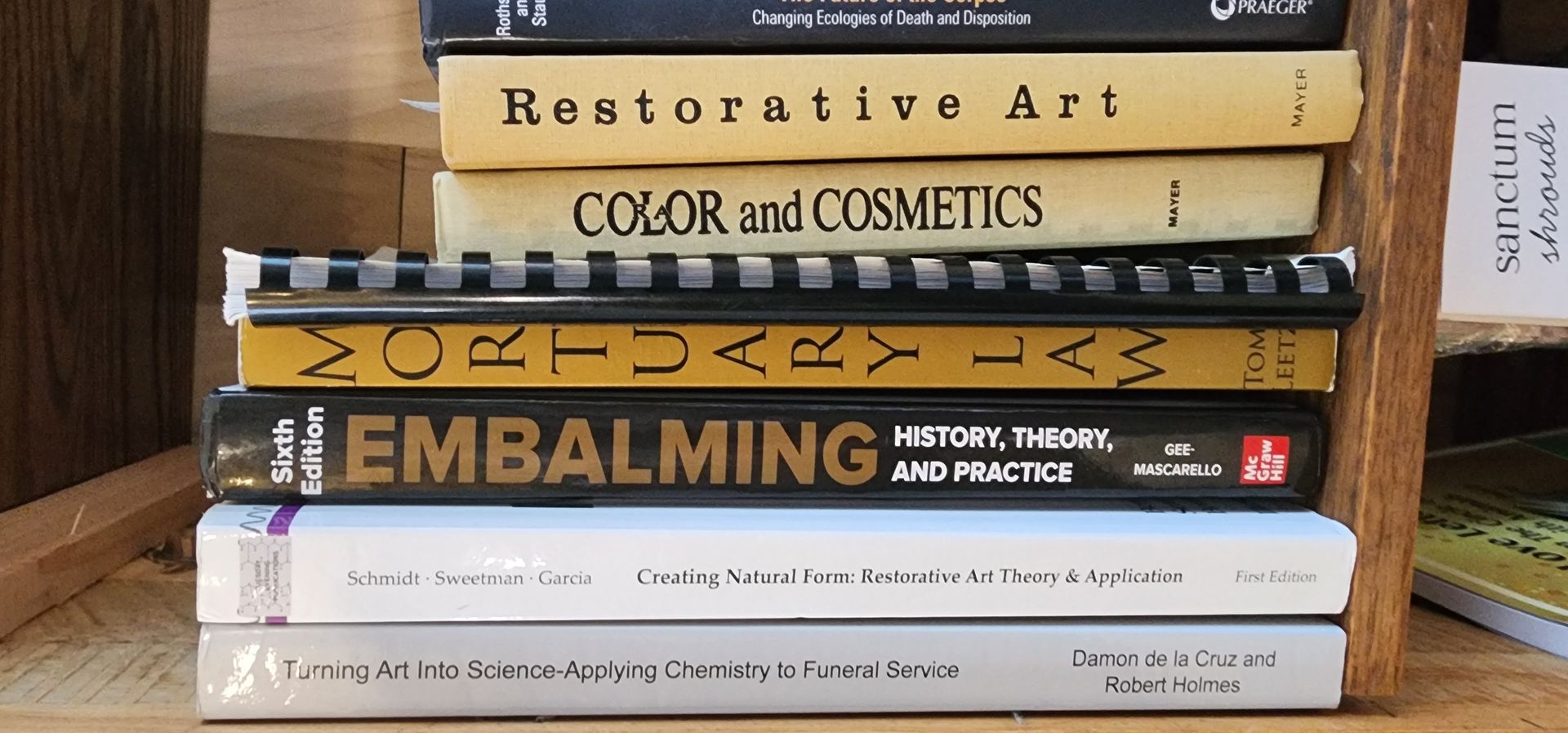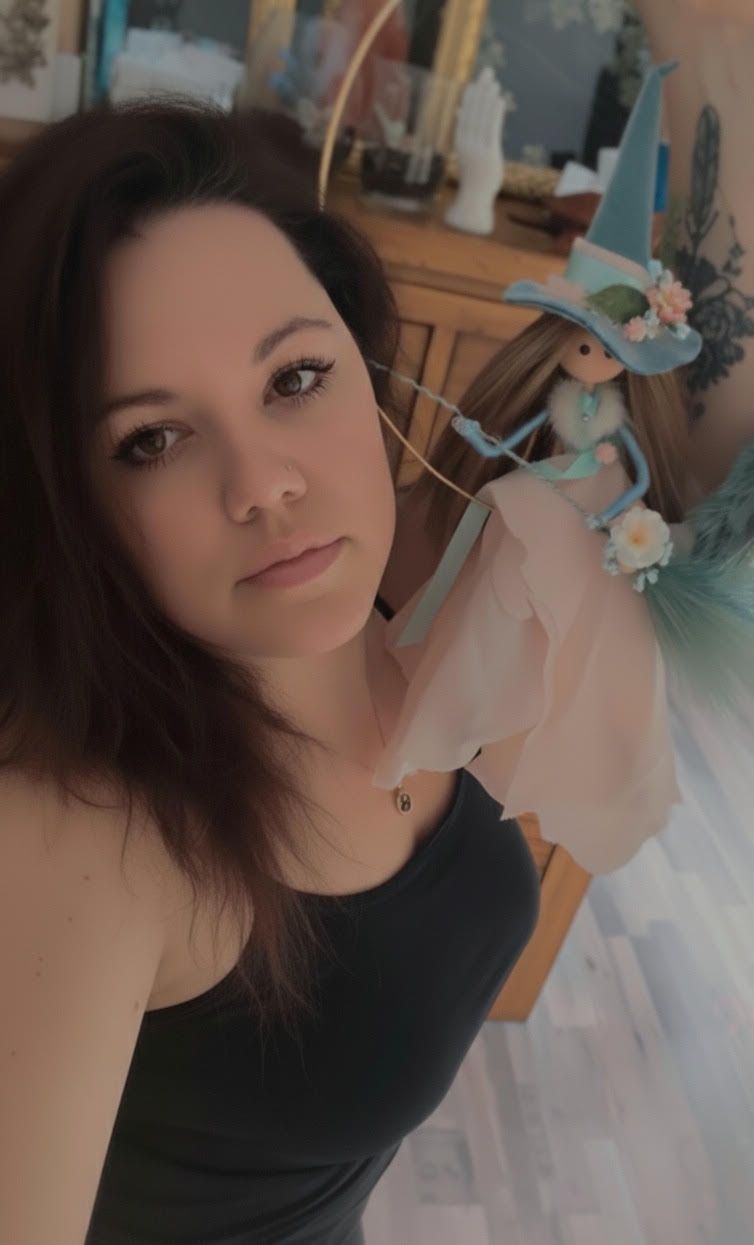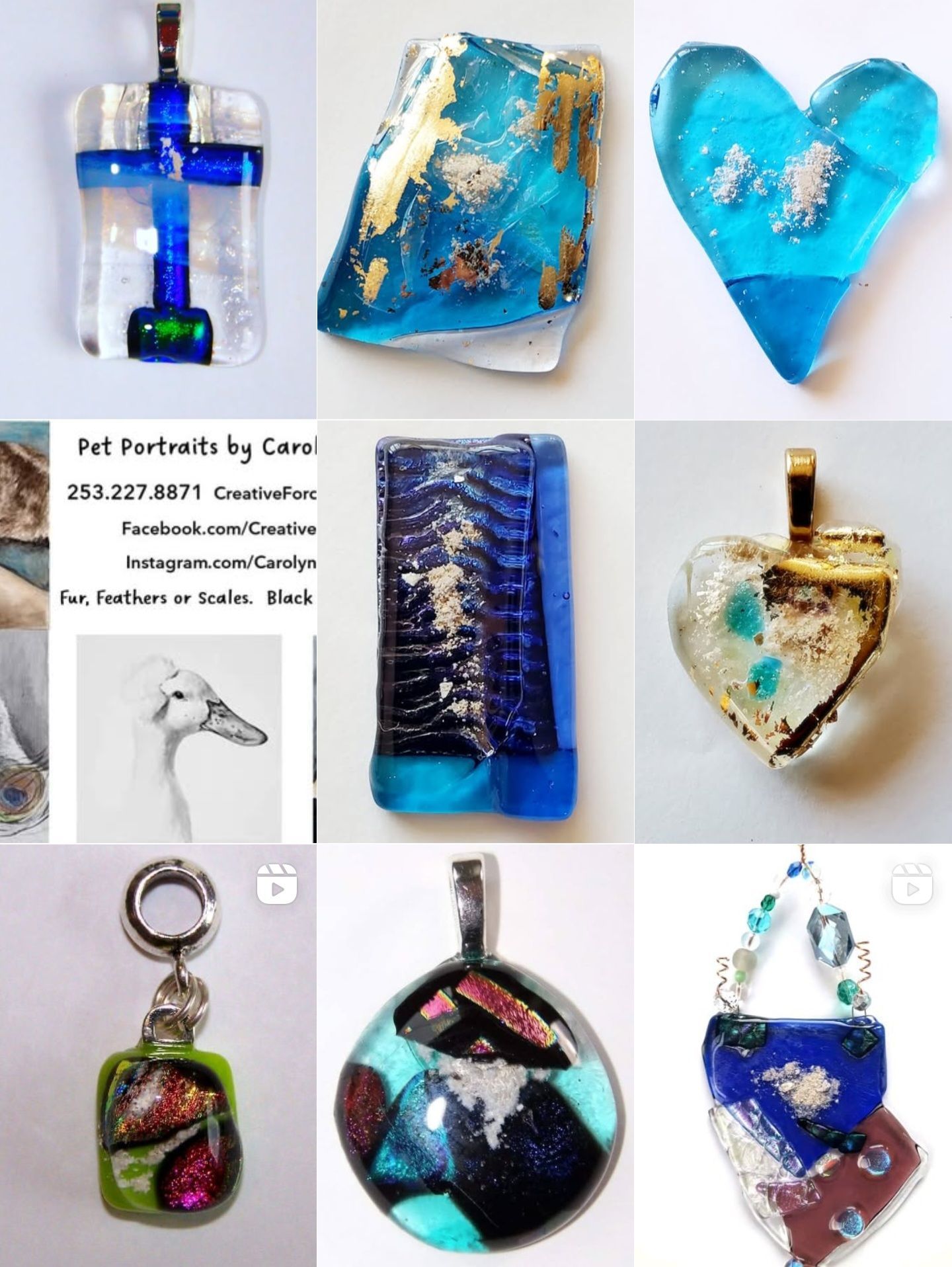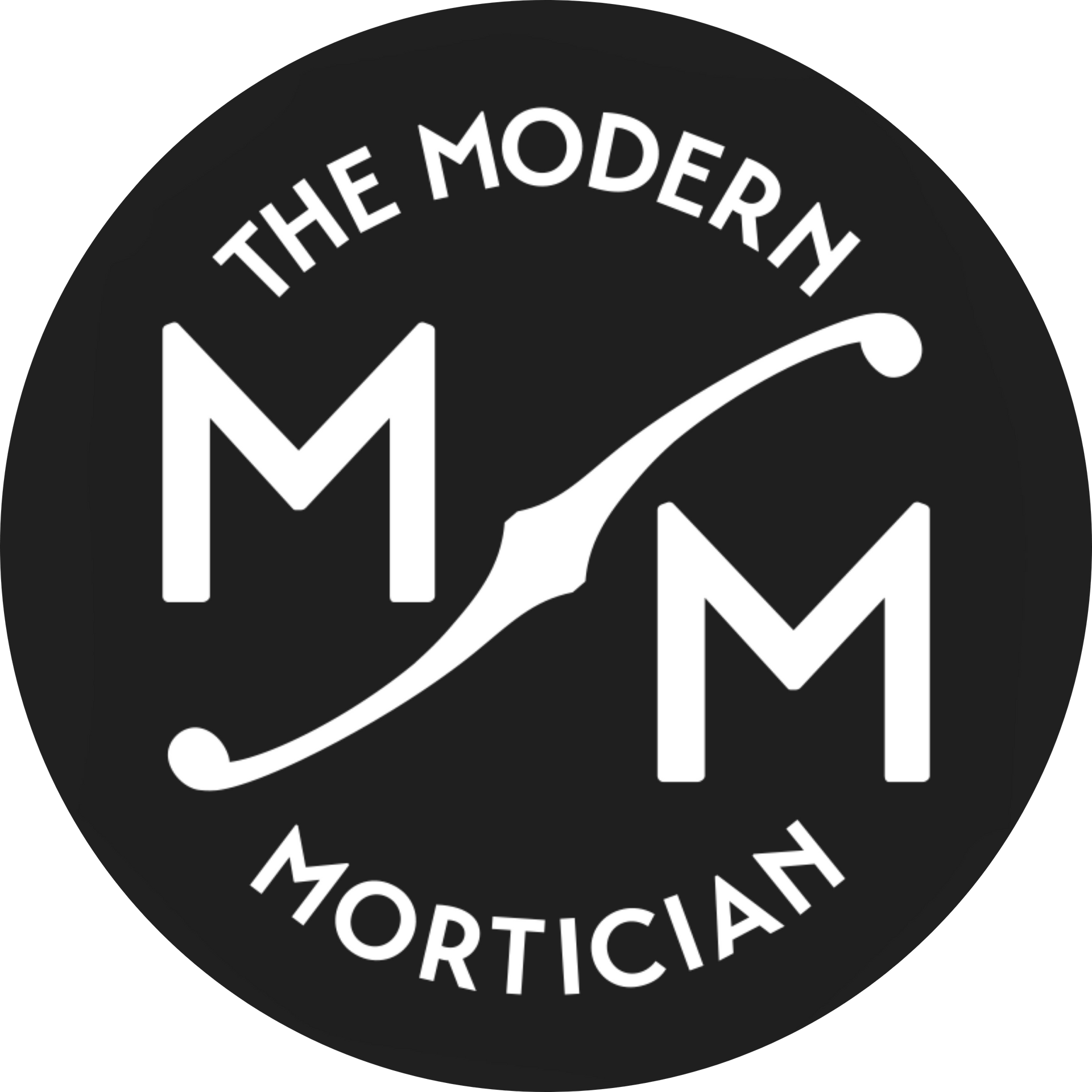
California
California’s landscapes are as diverse as its people, and so are its green burial options. From coastal bluffs to redwood forests to desert valleys, families across the state can find meaningful, ecological resting places. Here are some of California’s key green and hybrid burial grounds:
🌿 Fernwood Cemetery (Mill Valley)
Nestled beside the Golden Gate National Recreation Area, Fernwood is one of the nation’s pioneering green cemeteries. Its 32 acres are both burial ground and certified wildlife habitat, where graves are hand-dug, embalming is prohibited, and markers are modest or replaced with GPS coordinates. Families here become part of a living landscape of trees, grasses, and wildlife.
🌿 Morgan Oaks Eternal Preserve (Lincoln)
Set in the Sierra Foothills, Morgan Oaks blends burial with land conservation. Burials are limited to a few hundred per acre, ensuring soil health and habitat preservation. Families may choose natural burial for both people and pets, or tree memorials that restore the land while honoring loved ones.
🌿 Joshua Tree Memorial Park (Joshua Tree)
In the Mojave Desert, Joshua Tree offers one of Southern California’s few natural burial grounds. Graves are hand-dug and capped with native soil and rocks, while families may choose biodegradable shrouds or wicker caskets. Over time, each site blends back into the desert, reflecting the stark beauty of the landscape.
🌿 Creston Cemetery (San Luis Obispo County)
This historic pioneer cemetery now offers natural burials amid oak groves and rolling hills. Options include full-body burial, cremains interment, or the “Tree of Life” memorial, where ashes nourish a native tree. Simple fieldstone markers connect memory with place.
🌿 Purissima Cemetery (Half Moon Bay)
First opened in the 1860s, this cemetery was lovingly restored and now offers natural burial along coastal bluffs. Families can choose from sites overlooking farmland, forest, or ocean views, with graves hand-dug and marked only by native stones or plantings.
🌿 Tulocay Cemetery (Napa – Hybrid)
Founded in 1859, Tulocay is a historic cemetery that includes the Cayetano Natural Burial Ground, a hybrid section certified for green burial. This offers Napa families the choice of natural interment within a traditional cemetery setting.
Together, these cemeteries show how California is leading the way in green and conservation burial, each site reflecting the unique spirit of its region.
If you want information on how to start your own natural burial cemetery, or you want to make me aware of another green, natural, or hybrid cemetery in this state, please reach out!
New Paragraph












